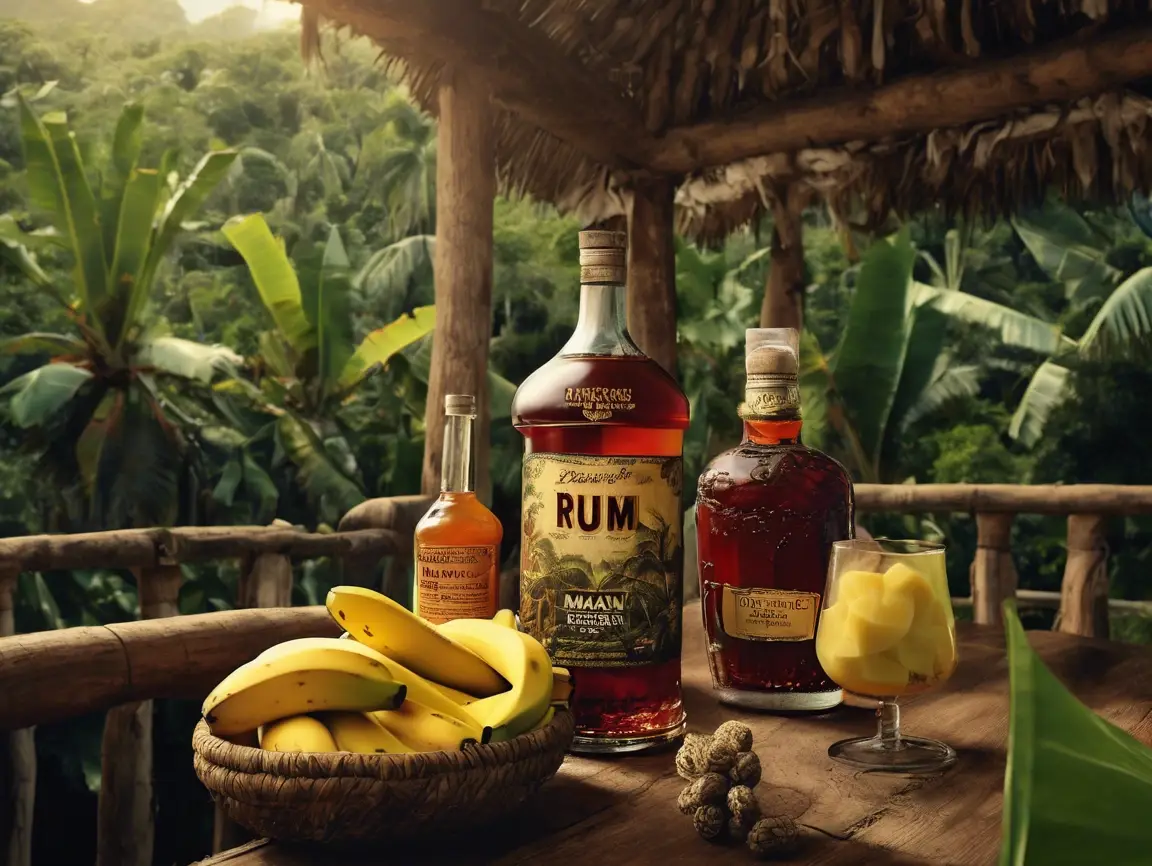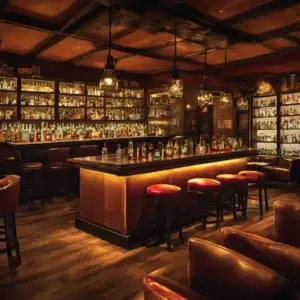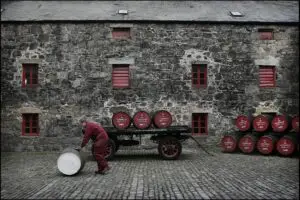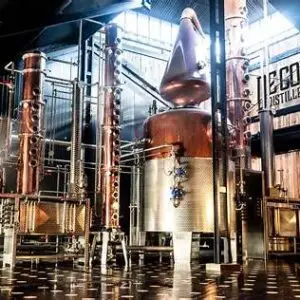Jamaican rum isn’t just a drink — it’s an experience. Bold, fruity, complex, and unapologetically funky, it has a character unlike any other spirit in the world. But what gives Jamaican rum its unmistakable identity? The answer lies in a centuries-old combination of wild fermentation, secret traditions, and a fierce commitment to doing things the old way.
The key to Jamaican rum’s unique profile is a process that most distillers around the world would consider madness: long, slow fermentation — sometimes lasting up to two weeks — using wild, airborne yeasts and, in some cases, ancient wooden fermentation vats. This extended fermentation process allows naturally occurring bacteria and yeasts to work their magic, producing high levels of esters — the aromatic compounds that give Jamaican rum its signature notes of overripe banana, pineapple, mango, and that mysterious “funk” known locally as hogo, from the French haut goût, or “high taste.”
This flavor intensity is no accident. Back in the 18th and 19th centuries, Jamaica was a global leader in rum production, supplying the British Empire with its spirit of choice. As demand grew, distillers began to experiment, intentionally creating rums with powerful aromas that could survive long sea voyages and still hold their own in blends. In fact, some distilleries even developed their own proprietary “dunder pits” — essentially open pits filled with the remnants of previous fermentations. While that might sound unappetizing, these microbial hotbeds became a vital part of developing complex flavor profiles.
Jamaican distilleries like Hampden Estate, Worthy Park, and Long Pond continue to use these traditional methods, resisting the pressure to modernize in ways that might compromise authenticity. The result is a spirit that is proudly eccentric, beloved by rum connoisseurs, and increasingly used by bartenders seeking to add depth and intensity to tropical cocktails.
And here’s a little-known twist: for decades, Jamaican rum was so powerful and distinctive that European blenders used it in tiny quantities to enhance milder rums in commercial blends — often without even labeling it. In essence, Jamaican rum has been quietly shaping global rum flavors from the shadows.
But make no mistake — Jamaican rum is stepping into the spotlight. Whether sipped neat or mixed into a bold cocktail, it tells a story of heritage, craftsmanship, and fearless fermentation.
So next time you pour a glass of Jamaican rum, listen closely — you just might hear the echo of wooden vats, the hum of wild yeast, and the laughter of generations of distillers. Let it inspire you to explore the deep, delicious funk behind one of the world’s most fascinating spirits.



